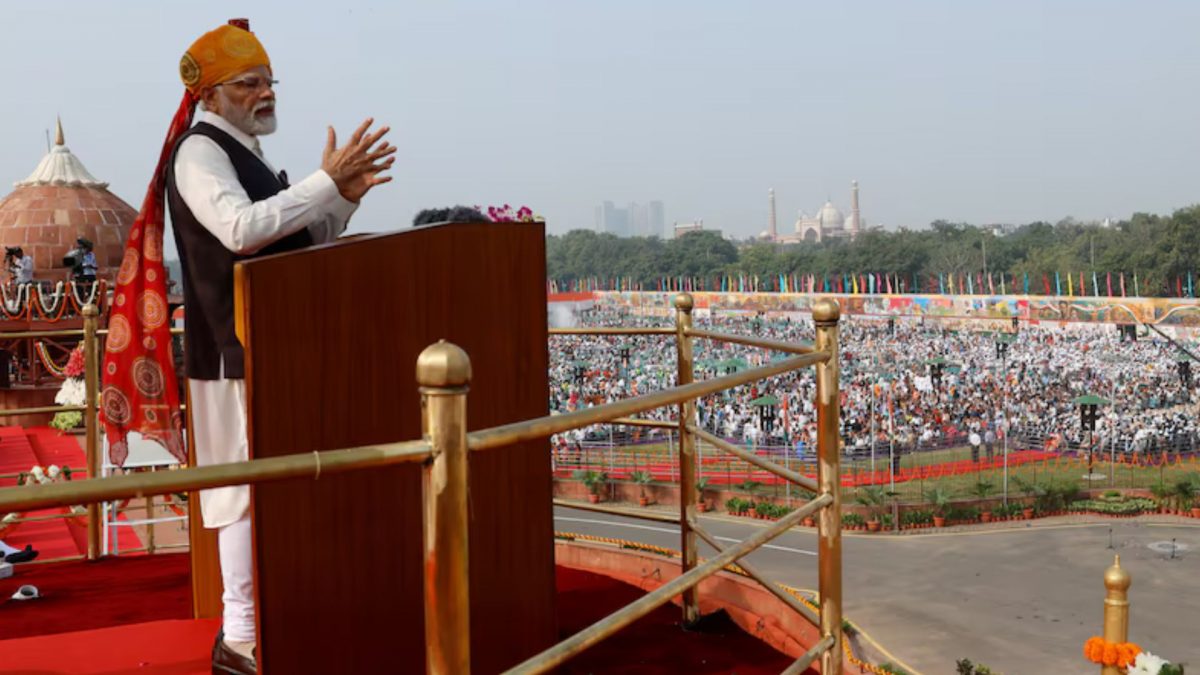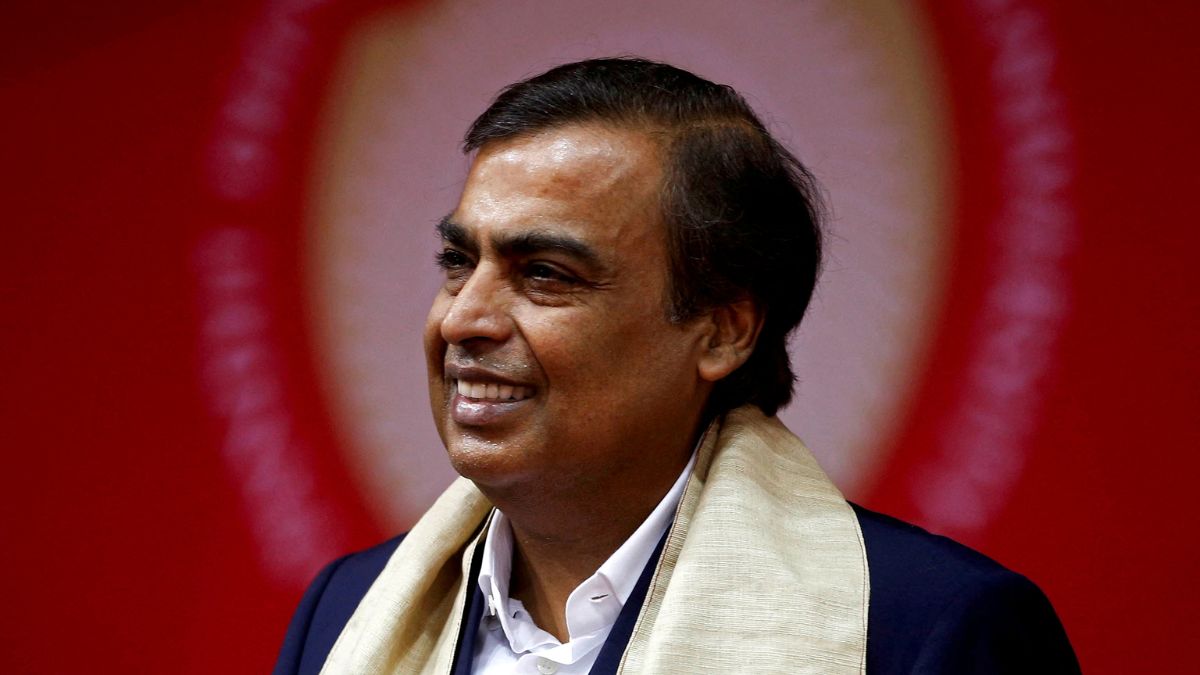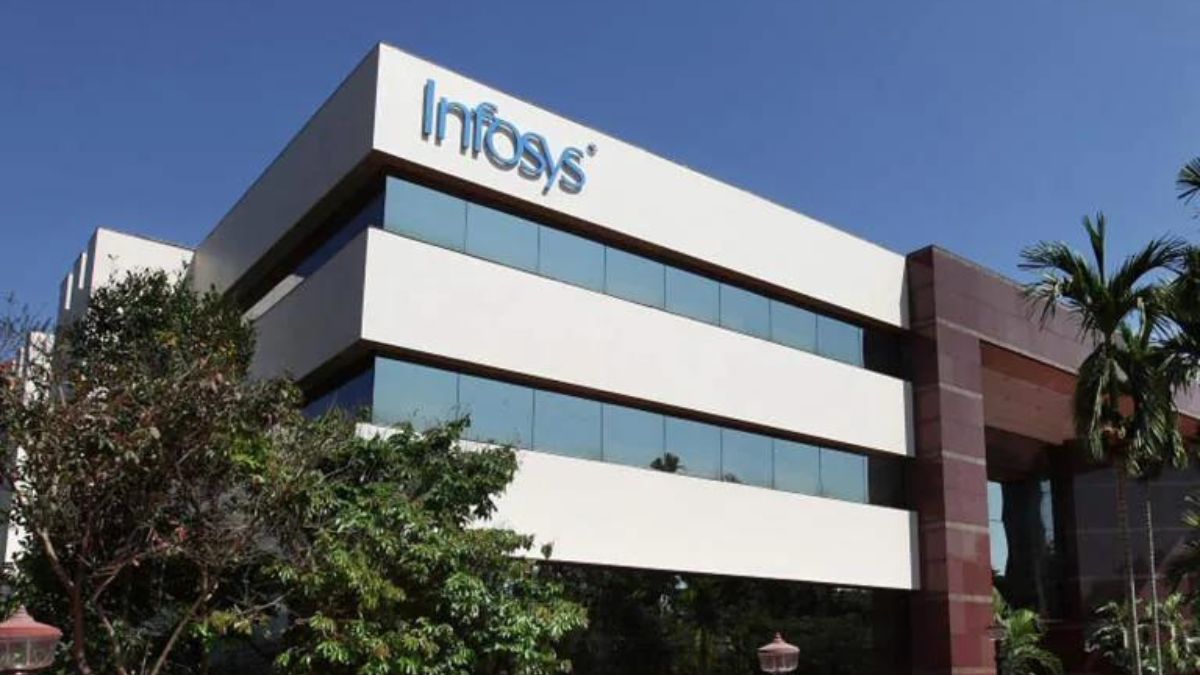From the widespread implementation of Aadhaar and the Direct Benefit Transfers (DBT) to the growth in stock markets and the exponential rise of foreign exchange reserves, here’s a look at what the past 10 odd years under the Modi government have been like read more
)
The Indian economy has seen various changes under the Modi government in the past decade. Reuters.
India is all set to celebrate its 77th Independence Day. It is the first national-level celebration since Prime Minister Narendra Modi-led National Democratic Alliance (NDA) came to power for a third term.
Over the past decade, under PM Modi’s administration, India has seen some big changes that have reshaped its economy.
From the widespread implementation of Aadhaar and the Direct Benefit Transfers (DBT) to the growth in stock markets and the exponential rise of foreign exchange reserves, here’s a look at what the past 10 odd years under the Modi government have been like.
Impressive economic growth
When Modi took office in 2014, India’s economy was facing sluggish growth and declining investor confidence, exacerbated by high-profile corruption scandals. However, the past decade has seen a significant turnaround. India’s gross domestic product (GDP) per capita, measured in purchasing power parity, increased from approximately $5,000 in 2014 to over $7,000 by 2022—a 40 per cent rise, according to data from The Conversation. This growth indicates a notable increase in the purchasing capacity of the Indian population.
Looking ahead, the International Monetary Fund (IMF) projects that India’s economy will grow by 7 per cent in financial year 2024-25.
Social welfare and public goods
One of the hallmarks of the Modi government has been its focus on social welfare and the efficient delivery of public goods.
Aadhaar and direct benefit transfer (DBT): Aadhaar system, a biometric digital ID linked to fingerprints and iris scans, is a major achievement. There are talks of replicating it the world over.
Nearly 99 per cent of Indian adults are now enrolled in the Aadhaar system, which has been instrumental in enabling direct benefit transfers (DBTs). According to the Economic Survey 2023, since it was launched in 2013, DBT has helped transfer more than Rs. 26.5 lakh crore for central schemes.
Infrastructure: In infrastructure, the government has launched extensive projects, including a large-scale rural road construction program, which has not only improved connectivity but also stimulated economic activity in rural areas.
Electrification: The proportion of the country with access to electricity rose from 85.1 per cent in 2014 to 99.2 per cent in 2022, World Bank data shows. This puts India in the league of nations like US, UK, Australia, and China, which have achieved 100 per cent electrification.
Enhanced welfare programmes: The Modi government’s response to the COVID-19 pandemic was marked by a significant expansion in welfare programmes. The food subsidy bill increased nearly fivefold between 2019-2020 and 2021-2022, ensuring affordable access to food grains for the population. Essential goods such as toilets and cooking cylinders were supplied extensively, embodying what economist Arvind Subramanian termed “New Welfarism.”
Financial inclusion
Pradhan Mantri Jan Dhan Yojana (PMJDY): The PMJDY, launched on August 15, 2014, aimed to enhance financial inclusion by ensuring that every Indian has access to a bank account. As of July 31, 2024, there were 52.99 crore total beneficiaries (account-holders) across India. The total balance in PMJDY accounts as on the same date was Rs 2.28 lakh crore. This initiative has played a crucial role in transforming savings behaviour, encouraging people to shift from physical assets like gold to financial assets.
Growth in financial assets: The value of shares and debentures held by households surged by 1031 per cent from Rs 18,930 crore in 2014 to Rs 2,14,191 crore in 2023. Mutual funds’ assets under management increased by 378 per cent, from Rs 8,25,240 crore in 2014 to Rs 39,42,031 crore in 2023. Savings deposits also grew by 197 per cent, highlighting the growing financial literacy and investment appetite among Indians, according to Moneycontrol.
Macroeconomic stability and fiscal management
Fiscal discipline: The fiscal deficit for 2024-25 is estimated at 4.9 per cent of GDP. While presenting the full budget in July, Finance Minister Nirmala Sitharaman said that the government’s aim is to bring the fiscal deficit to lower than 4.5 per cent by 2025-26.
Foreign exchange reserves: As of the end of March 2014, India’s foreign exchange reserves were $304.2 billion, up from $292 billion at the end of March 2013. In 10 years, it has gone up exponentially to hit a fresh record high of $674.919 billion as on August 2, 2024.
Boost to the stock market
India’s equity markets have witnessed significant growth. According to the Bombay Stock Exchange website, the 30-share Sensex index has gone up 205.94 per cent. It had crossed the 81,000 level, although it has since receded.
The broader Nifty 50 index is has gone up 213.15 per cent in the past 10 years. This benchmark index, too, crossed the 25,000 mark.
With inputs from agencies

 1 month ago
15
1 month ago
15
)
)
)
)
)
)
)
)
)
)
)
)
)
)
)
)
)
)
)
)
)
)
)
 English (US) ·
English (US) ·